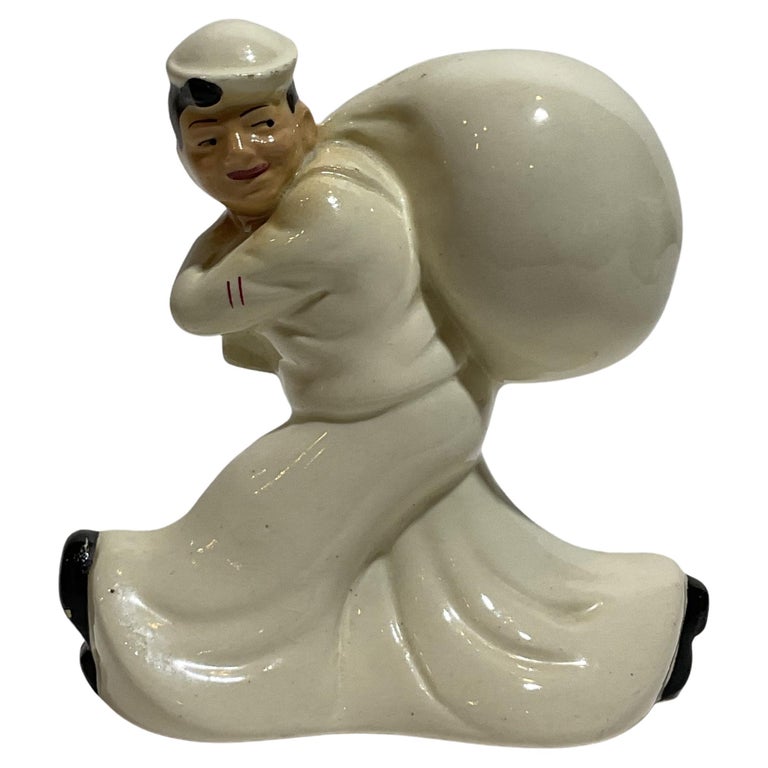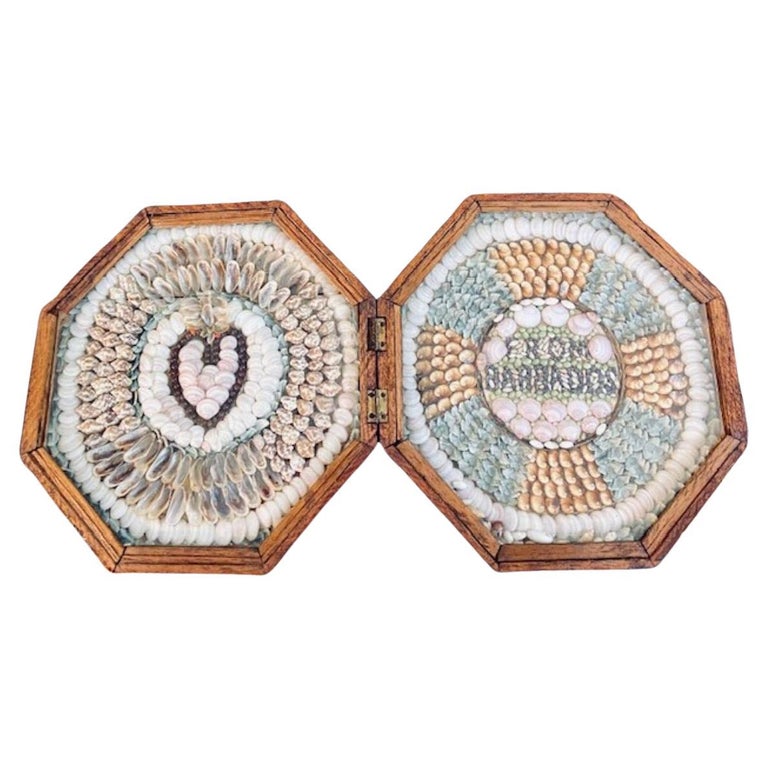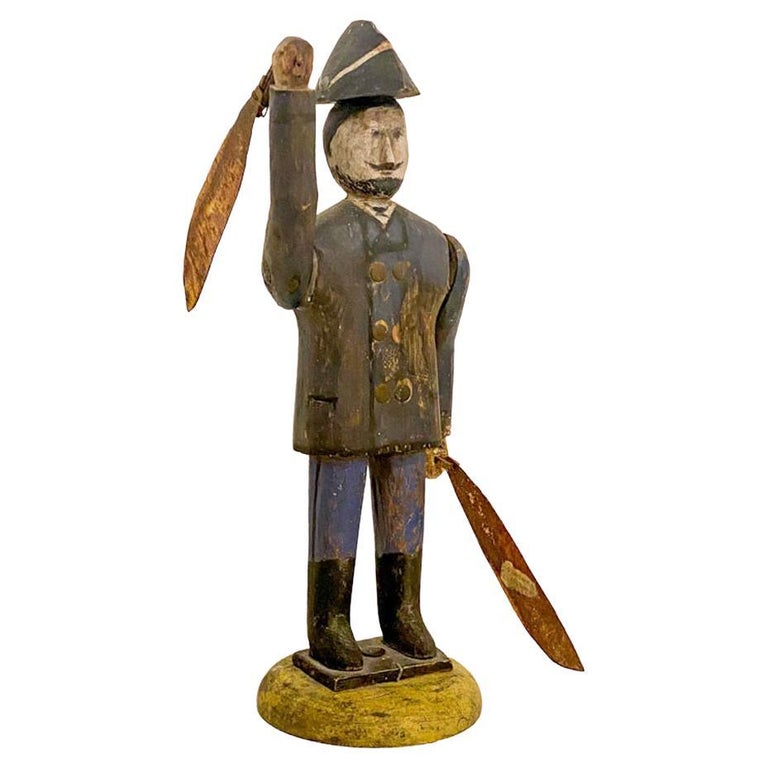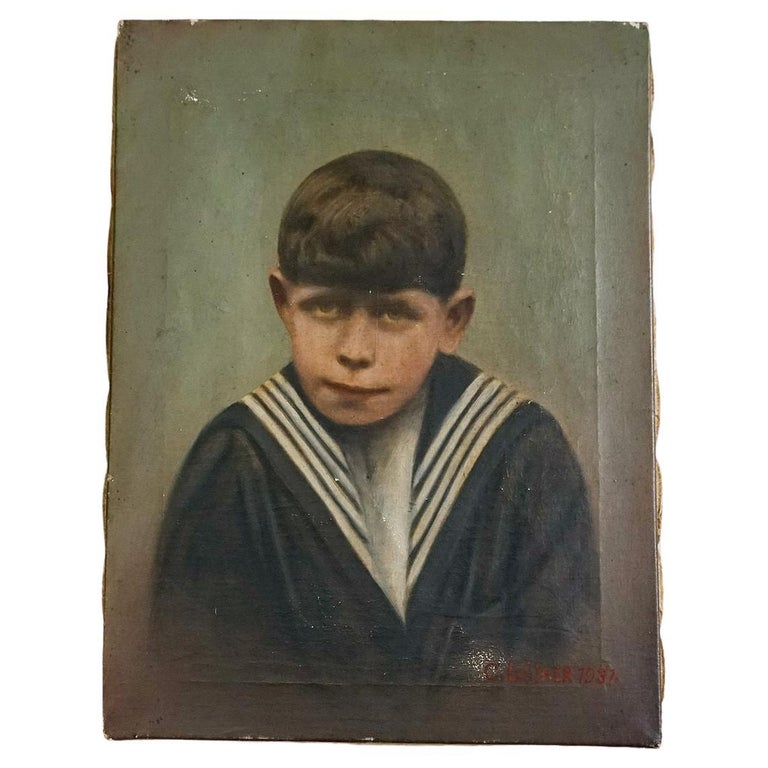
July 7, 2024Daniel Rozensztroch is a purveyor of cool. The accomplished designer has served as artistic director of the hip Parisian concept store Merci and editorial adviser to French shelter magazine Marie Claire Maison. He is also a self-described “obsessed and addicted collector of everyday things,” filling his homes in Paris, Nice and Greece with artfully arranged spoons, sunburst mirrors, glass oil lamps, colorful Majolica platters and even vintage toothbrushes.
But Rozensztroch’s latest obsession is neither functional nor especially voguish. “At a certain moment,” he says, “I decided to unveil something that was more intimate and personal and was not necessarily tied solely to the objects themselves but to what I believed was a mythical figure — the sailor.” He has amassed hundreds of pieces of sailor-themed art, design and ephemera in which the mariner plays (variously) the hero, the innocent, the sex fiend, the brute or the buffoon.
Rozensztroch tends to collect in series, and his sailor objects can be broken down into subcategories. There are sepia-toned photographs of kids in sailor outfits; snapshots of real seafarers shipping off to sea; figurative wine openers with corkscrews poking out of the groin region; seamen-shaped liquor bottles; romantic postcards of couples kissing; heroic postage stamps; Nos Marins and TinTin comics; Popeye collectibles; innumerable boatman figurines in porcelain, metal and wood; World War II navy propaganda posters; and erotic black-and-white photos of buff men in sailor caps exposing their schlongs.
All of these things and more are beautifully photographed by Francis Amiand and fancifully described in text by Cathie Fidler in the book Ahoy Sailor! (published by Pointed Leaf Press). Some of the maritime memorabilia is shown in extreme close-up to reveal the objects’ expressive personalities, while others appear in creative vignettes in Rozensztroch’s Paris loft.
Introspective caught up with Rozensztroch while he was vacationing on a Greek isle to ask him about his sailors.


What was the first sailor piece you bought?
The object that set me off on my sailor adventure was a child’s rubber squeeze toy in the shape of Donald Duck that I found at the Porte de Vanves flea market, in Paris.
It reminded me of one I had when I was very young. But as it was in very bad condition, I decided to paint it black, making it into a more conceptual object for the current mindset.


Can you tell us about a few other standout objects from your collection?
As with many other categories I’ve collected, I am most moved by “everyday things” — objects that are linked to my love of the utilitarian.
For the sailors, I was drawn especially to the corkscrew, the cookie jar, the liqueur bottle. I have also always loved folk art and am pleased that I was able to include many unusual, imaginative and beautifully crafted examples.

How do these sailor objects fit in with the other collectibles and furnishings in your home? I know you have an admiration for ordinary objects that are extraordinarily crafted.
In all the collections I’ve put together, I have some things that remain in boxes that I don’t display in my home, but others that have been carefully chosen and are maybe more personal, with which I create vignettes, mixing them with disparate objects that are already on display.


Around the age of four or five, my parents would dress me up in a sailor outfit for family portraits, and I hated it. What were your childhood experiences with sailor motifs?
I really did not have any at all. In France, it was not my generation but the generation of my parents or even grandparents who were well-to-do who would want their boys to be photographed in sailor outfits.
These were particularly evident during the summer, when the families would vacation in such fashionable seaside towns as Deauville, Étretat and Biarritz.

How has the image of the sailor evolved over the years, or has it?
Between the sailor as the sexual symbol drawn by Jean Cocteau in Jean Genet’s 1947 Querelle de Brest and Jean Paul Gaultier’s more commercial use of the sailor with his striped shirts in his 1984 Boy Toy collection, there is a long period in which the sailor was primarily seen as a hero, figuring in the many different ways that defined his profession.

Why did you make this book, Ahoy Sailor!, now? What inspired the timing of its release?
I was very fortunate to have my friend Cathie Fidler, who is a wonderful writer and expert researcher, translate my thoughts and feelings about sailors into a text that places this adventure into a serious historical context without ignoring the humor, romanticism and wide-ranging forms of expression in which the figure of the sailor has been produced.
I see Ahoy Sailor! as a kind of second coming out for me. I’ve included many symbols or expressions of eroticism that seem to be part of what I call l’air du temps.
Purchase the Book








